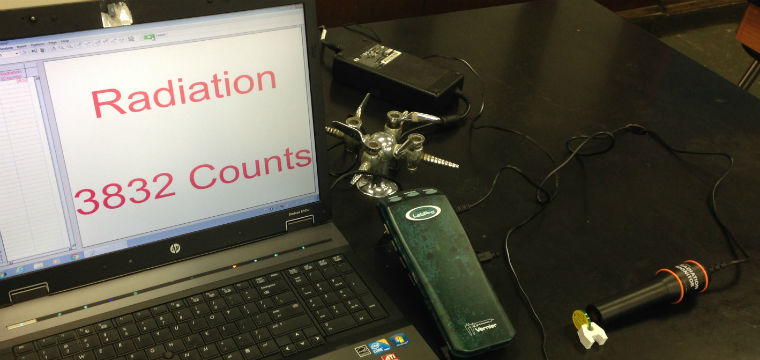Funded Projects
Uncategorized
New Books for High School English ClassesJune 9, 2023

In an effort to accommodate the Next Generation Science Standards in physics, Science Teacher Brad Wacker wanted to have his students experience collecting and analyzing data from safe radioactive sources. To achieve this goal, he need to obtain a radioactive sensor to detect radiation. The Cissna park Education Foundation was able to provide the needed equipment to enable Brad to meet this goal.
In one of the activities the students completed, they used the radioactive shield abilities of different materials to identify the type of radiation emanating from three sources: polonium, cobalt, and thallium. From lecture, students had learned that alpha particles may be blocked by a sheet of paper, beta particles are blocked via aluminum, and gamma radiation is reduced using lead. As students placed these different materials in between the sensor and the radiation source, they discovered a means to identify sources of radiation.
In a second activity, the students used the radiation monitor and radioactive sources to determine what materials are better suited to block radiation and an approximate quantity of each. Using sheets of lead, aluminum, plastic, wood, and more, they had discovered that the type of material and the amount affected how much radiation got through.
In addition to these planned activities, the students became curious as to what else in their daily lives could be radioactive. Since the radioactive sensor detects radiation in real time, the students were able to measure the radiation emanating from themselves and cell phones.